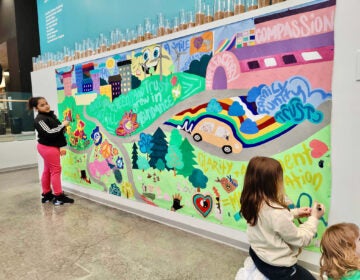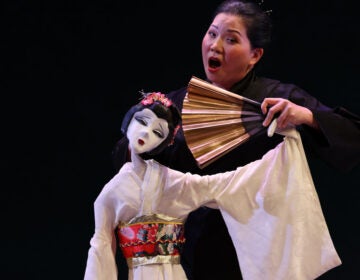Regional accent expert at Penn among Franklin Institute honorees
The Franklin Institute has announced its 2013 laureates: individuals who have made outstanding achievements in the research and application of scientific thought and technology. Among them is a Philadelphia professor with his ear tuned to regional accents.
Award recipients include:
Michael Dell (Round Rock, Texas), founder of Dell Inc.
Kenichi Inga (Tokyo), a physicist developing laser technologies
Jerrold Meinwald (Cornell University), a chemist who researches insect pheromones
Robert Berner (Yale University), a geologist studying how geological processes influence the Earth’s atmosphere
Rudolf Jaenisch (MIT), researching gene expression in DNA
Subra Suresh (National Science Foundation), working with cellular nano-structures as a way to prevent disease
Alexander Dalgarno (Harvard), an astrophysicist researching molecular particles in deep space
The list also includes Dr. William Labov of the University of Pennsylvania, who studies the funny ways people talk.
Since 1971, Labov and his graduate students have been fanning around the country recording people talking about whatever they want to talk about. He pays particular attention to the vowels’ sounds. From the Boston-flattened “A” to the slurred “O’s” of Charleston, his database contains millions of samples.
Contrary to popular belief, Labov can show that regional accents are not succumbing to a general American cultural homogeny. In fact, he says, they are becoming more distinct and divergent.
“If it’s a small city, like Charleston or Cincinnati, yes, there’s a tendency for those dialects to disappear,” said Labov. “But the big cities and the big regions are getting stronger and more different from each other.”
The Franklin Institute is granting Labov an award for computer and cognitive science. The linguist is a pioneer in mathematically quantifying regional accents, and mapping their trends.
His recordings are converted into electronic sound files, which can be analyzed by computer software to detect variations in the sound waves of vowel sounds, where most dialects are expressed.
“Whereas we used to spend two months with a couple of speakers and 300 measures of their vowels, we can now do 10,000 in an hour,” said Labov. “We get this massive amount of data, and then the question is how do you organize it and show where these trends are?”
Cue the LingoTron 2000
Labov can show his research in maps, charts, and graphs. The Temple Contemporary gallery at the Tyler School of Art, on the Temple University campus, used Labov’s research to create an electronic game. The LingoTron 2000 is a retro-looking console with wood paneling, big push-buttons that flash, and a speaker.
Users pick one of 12 soundbites and try to match the sound with its city of origin.
The game, which Labov calls simply “the gizmo,” was designed by Hive76, on commission from Temple Contemporary, as a way to introduce Labov’s research to the general public. The interactive doohickey has become one of the gallery’s more popular attractions.
One question the LingoTron 2000 cannot answer is why accents are becoming increasingly stronger as American media is becoming increasingly less localized. While Labov has some theories, he hopes the next generation of linguists will figure that one out.
WHYY is your source for fact-based, in-depth journalism and information. As a nonprofit organization, we rely on financial support from readers like you. Please give today.




